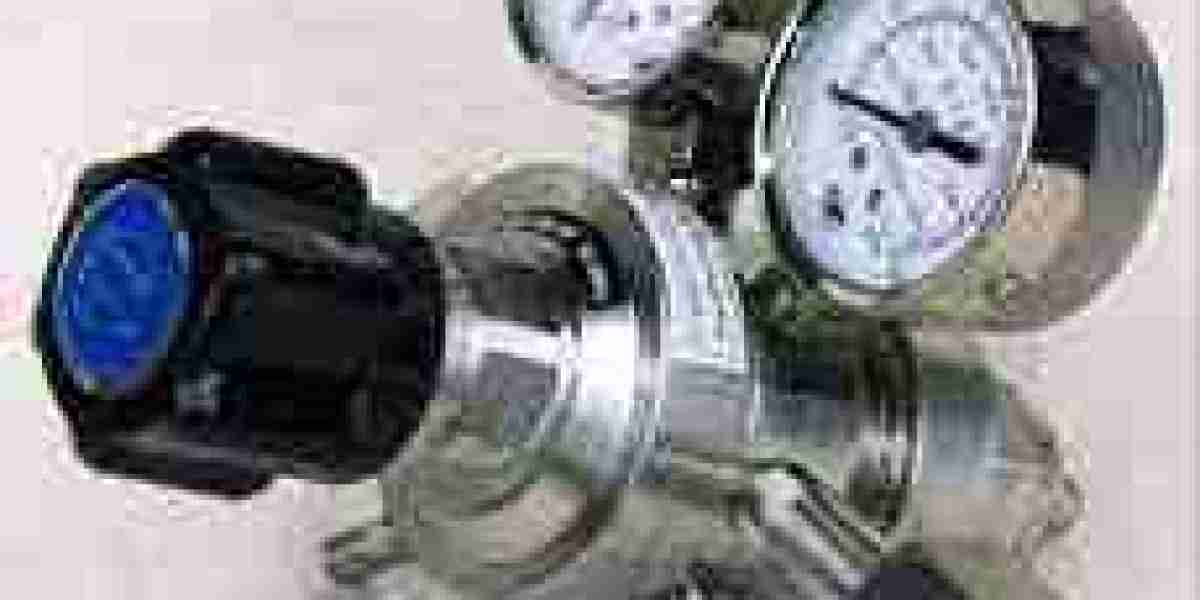Understanding 2-Stage Gas Regulators
What sets 2-Stage Gas Regulators Apart?
At its core, a 2-stage gas regulator distinguishes itself through its dual-stage design, offering enhanced performance compared to single-stage regulators. The primary difference lies in the regulation process. Unlike single-stage regulators, which reduce pressure in a single step, 2-stage regulators employ a two-step process, delivering more precise pressure control.
How Do 2-Stage Gas Regulators Work?
The operation of a 2-stage gas regulator begins with the initial stage, where the inlet pressure is reduced to an intermediate level. This intermediate pressure then enters the secondary stage, where it undergoes further reduction to the desired output pressure. This sequential reduction ensures consistent pressure output, minimizing fluctuations and optimizing performance.
Benefits of 2-Stage Gas Regulators
Enhanced Precision
One of the key advantages of 2-stage gas regulators is their ability to provide precise pressure control. By dividing the pressure reduction process into two stages, these regulators offer finer adjustments, enabling users to maintain consistent pressure levels with exceptional accuracy.
Improved Stability
The dual-stage design also contributes to enhanced stability in gas regulation. By reducing pressure in two steps, 2-stage regulators mitigate the effects of fluctuations in inlet pressure, ensuring a steady output pressure. This stability is particularly beneficial in applications where precise pressure control is critical for optimal performance.
Increased Safety
Safety is paramount in any gas-related operation, and 2-stage gas regulators excel in this aspect. The two-stage pressure reduction process adds an extra layer of safety by providing redundancy. In the event of a malfunction in one stage, the second stage acts as a backup, preventing sudden pressure surges and potential hazards.
Applications of 2-Stage Gas Regulators
Industrial Settings
In industrial environments, where precise pressure control is essential for various processes, 2-stage gas regulators find widespread use. From manufacturing plants to chemical facilities, these regulators ensure reliable operation and optimal performance across diverse applications.
Laboratory and Research Facilities
Laboratories and research facilities rely on accurate pressure control for experiments, analysis, and instrument calibration. 2-stage gas regulators play a crucial role in maintaining stable pressure conditions, enabling researchers to conduct experiments with precision and consistency.
Medical Gas Systems
In healthcare settings, the safety and reliability of gas systems are paramount. 2-stage gas regulators are integral components of medical gas delivery systems, ensuring consistent pressure levels for respiratory therapy, anesthesia administration, and other critical medical applications.
Conclusion
In conclusion, 2-stage gas regulators stand out as indispensable tools for precision gas regulation in various industries and applications. Their dual-stage design, coupled with enhanced precision, stability, and safety, makes them the preferred choice for critical operations where reliability is non-negotiable.








